In south east London we have a wide range of data sources — national, south east London-wide, and more local data, which is all key to PHM work, so before starting your PHM project consider your data needs and how it fits into the wider project.
Planning
Try to establish what data you need at the outset as it can be very frustrating to be midway through a project to realise you don’t have the right information to progress.
Changing needs
Your data needs may vary at different stages of the project. At the planning stage–high level, national data sets may be enough to highlight a problem area but might not be detailed or timely enough to use as your project progresses.
For example, national data sets can demonstrate that we have higher than expected admission for asthma in south east London – but it won’t be detailed enough to tell you which communities have fewer annual asthma checks in general practice.
What should the data tell me?
Useful questions to ask of data:
- Where am I now?
- How am I doing over time?
- How am I doing compared to my peers?
- Where is my variation?
Timeliness
How often will you need the data?
Most local dashboards are updated monthly, national dashboards , such as the National Diabetes Dashboard, are often only updated annually, so it’s important to consider timeliness when you’re planning your data needs.
Detail
Be realistic in your expectations of how detailed the data will be.
Recognise we can only search for data that has been entered into a system in the first place. If we haven’t recorded eye colour or income levels, don’t plan a project around this type of detail, instead think of different approaches where data is more readily available or consider collecting the information yourself.
Bespoke data
You may choose to collect the data yourself to get exactly what you want. Don’t underestimate the time it takes to establish how you will collect, store, interpret and present it – whilst ensuring you meet all information governance requirements.
Patient identifiable data
Many dashboards do not include patient identifiable data (PID) – but have non-patient identifiable data (non-PID) instead –this can be useful to focus on an area of work and measure progress. If you are do need to identify patients, perhaps because you have to call them in for an appointment, or for some other reason – you will need to have the right information governance (IG) in place to access this PID.
SEL data sources
The SEL ICB BI team have worked with colleagues across the system to map data sources into a data source tool, such as dashboards and repositories, that are available for PHM work.
This tool is still in development and will be published here once complete.

